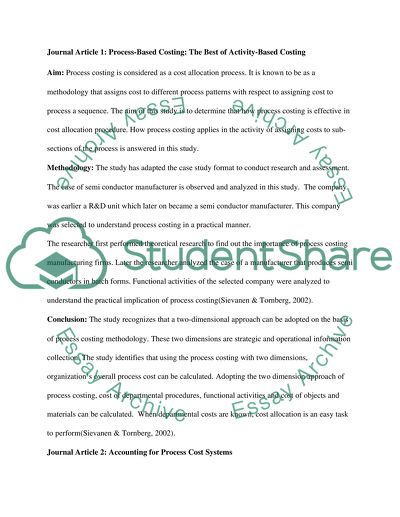Cite this document
(“Process Costing Essay Example | Topics and Well Written Essays - 1750 words”, n.d.)
Retrieved from https://studentshare.org/finance-accounting/1498554-process-costing
Retrieved from https://studentshare.org/finance-accounting/1498554-process-costing
(Process Costing Essay Example | Topics and Well Written Essays - 1750 Words)
https://studentshare.org/finance-accounting/1498554-process-costing.
https://studentshare.org/finance-accounting/1498554-process-costing.
“Process Costing Essay Example | Topics and Well Written Essays - 1750 Words”, n.d. https://studentshare.org/finance-accounting/1498554-process-costing.


